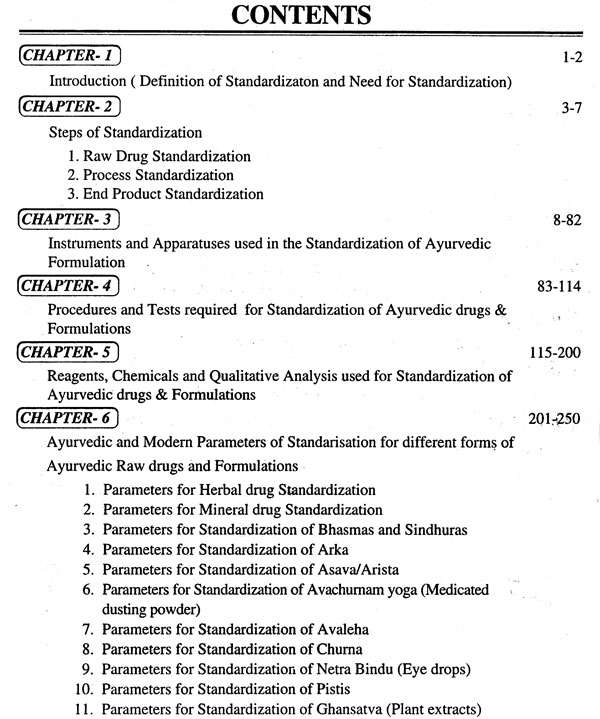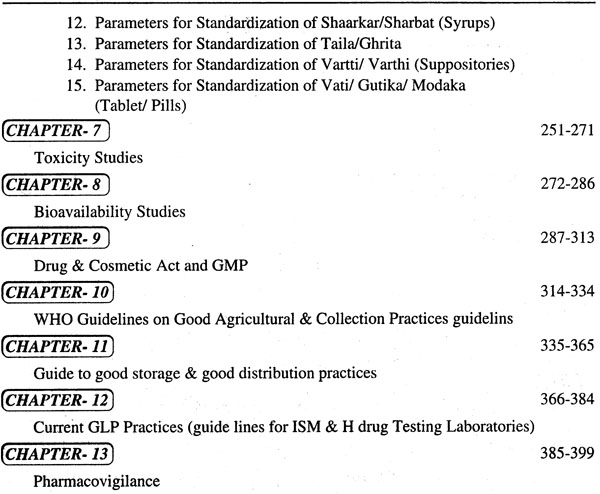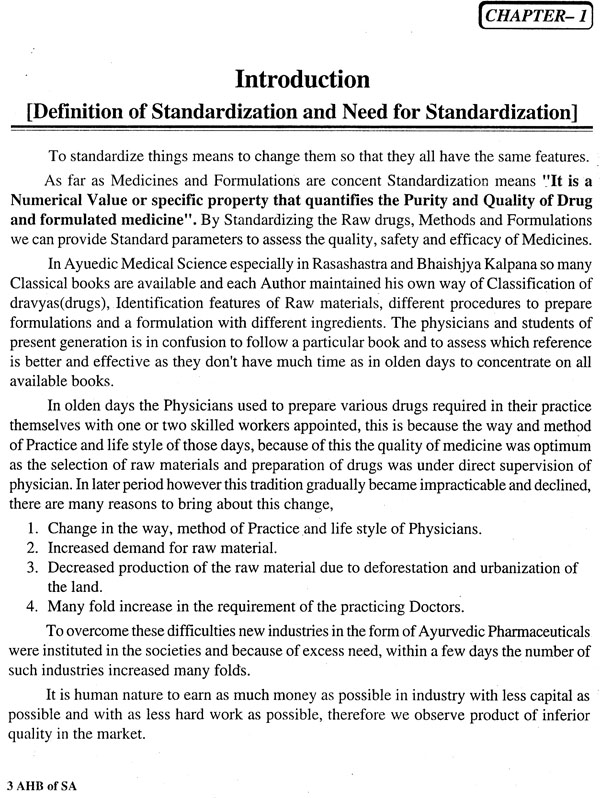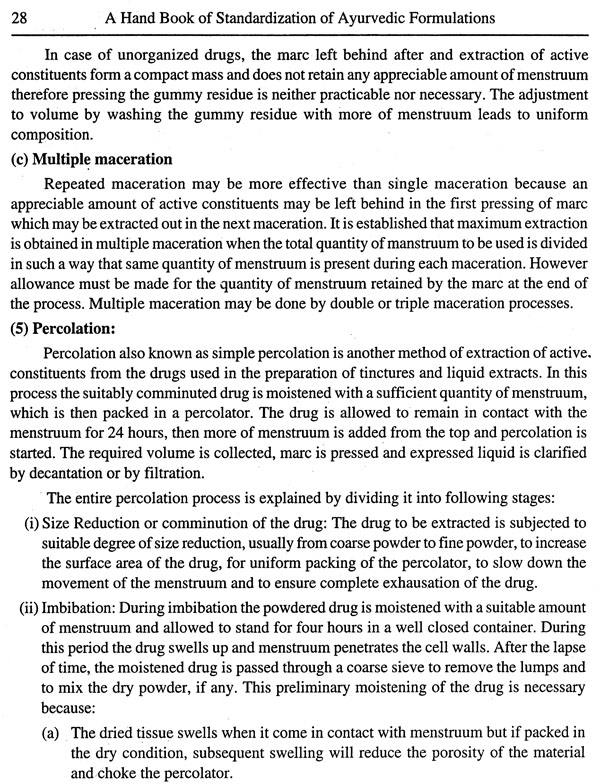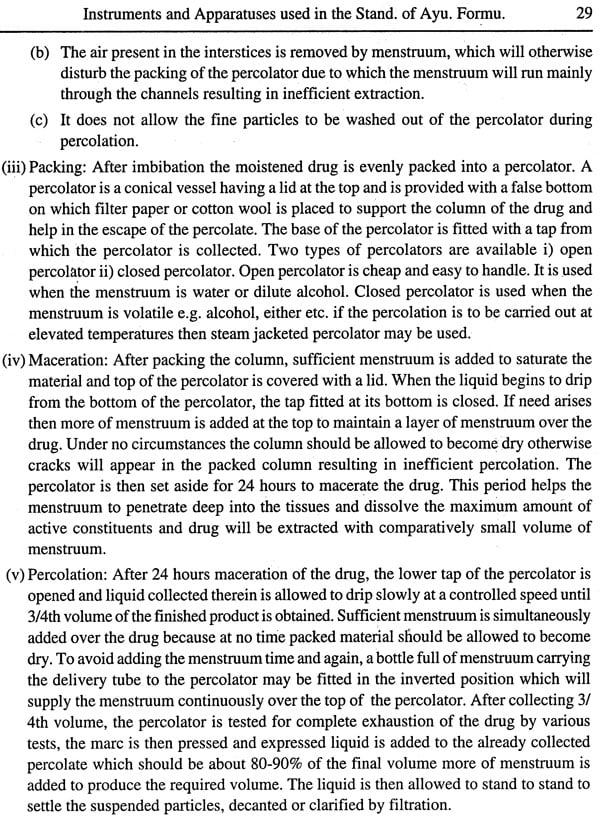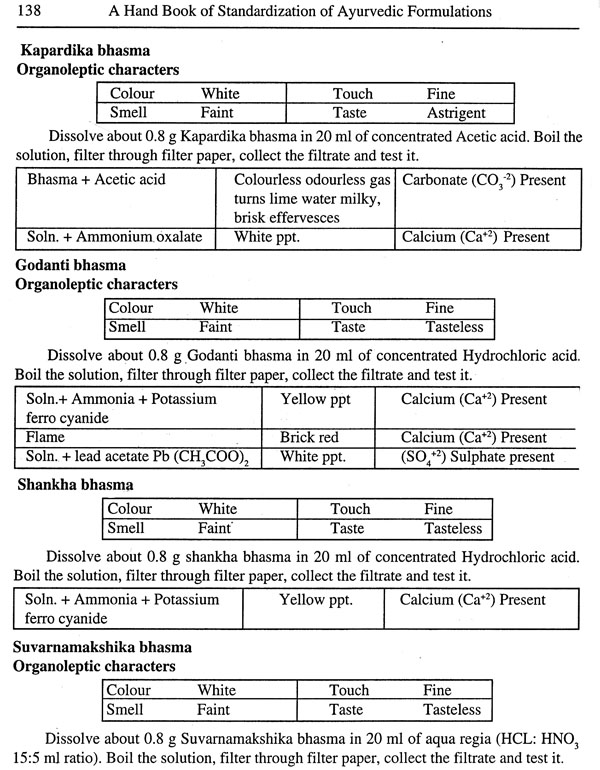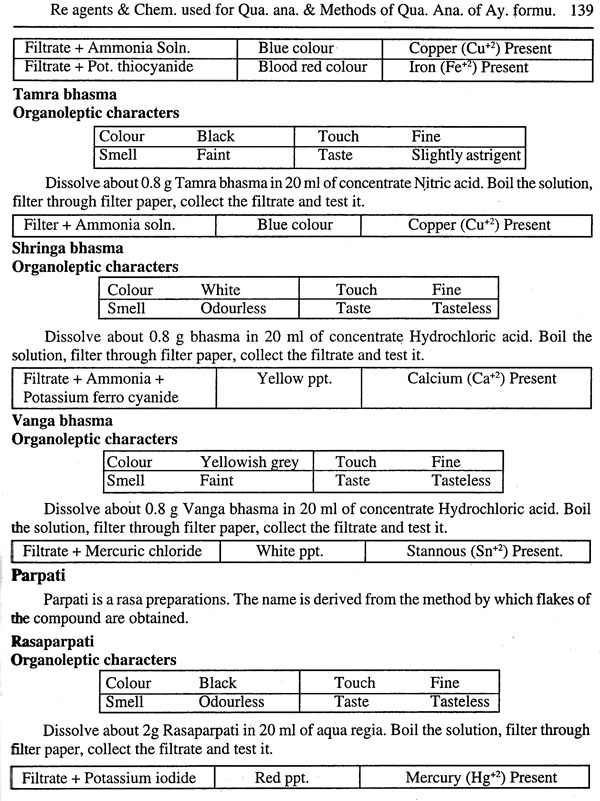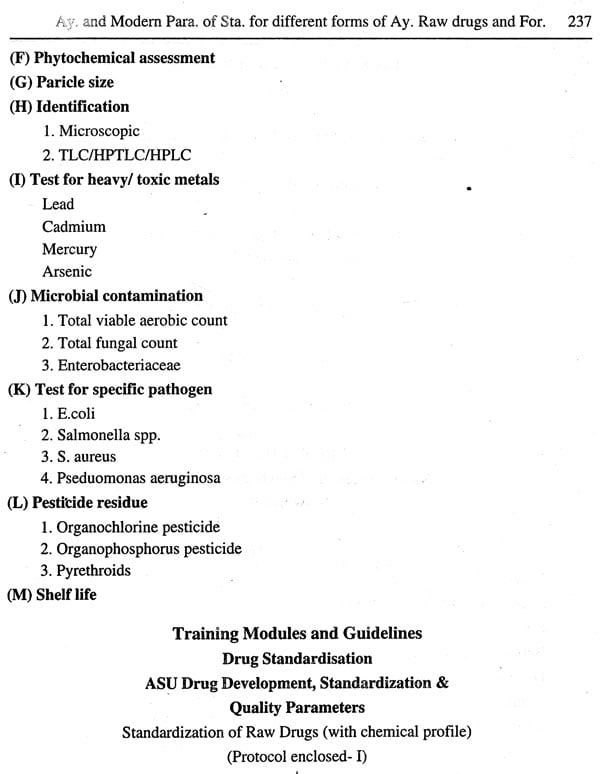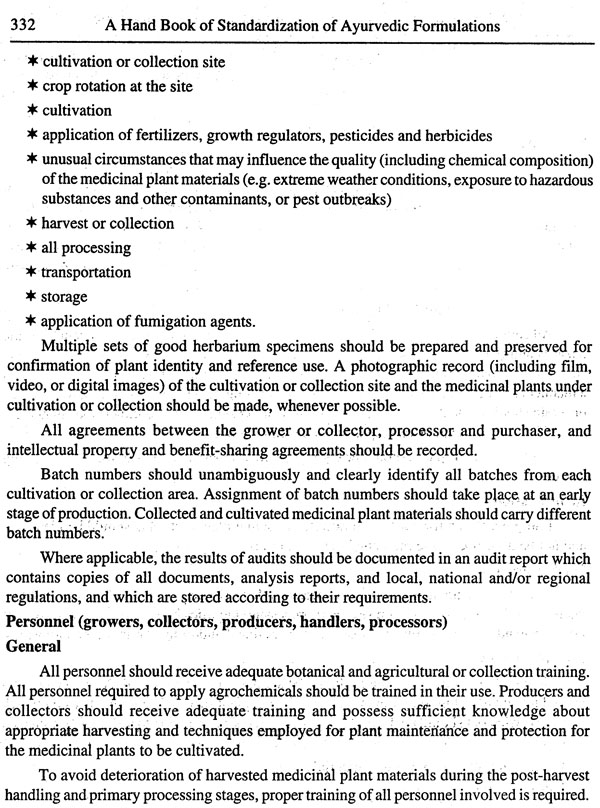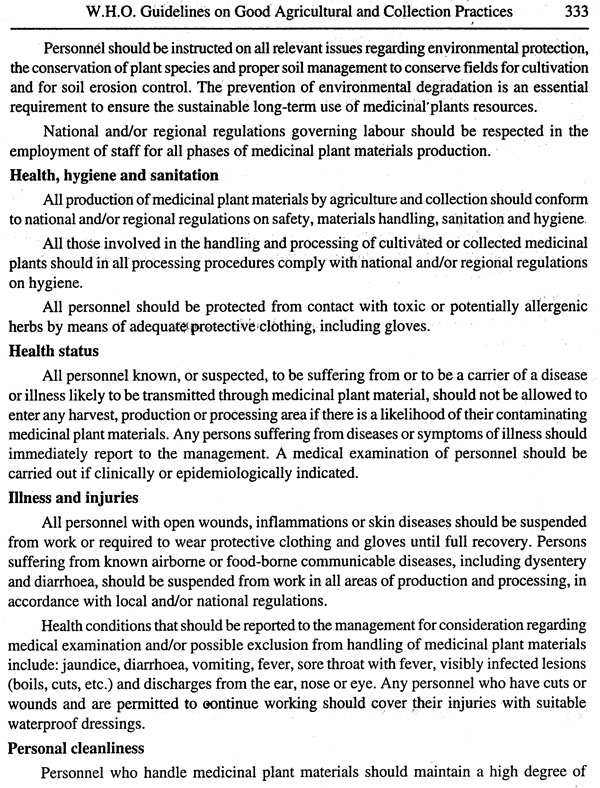
A Hand Book of Standardization of Ayurvedic Formulations
Book Specification
| Item Code: | NAV037 |
| Author: | Dr. Sudheendra V. Honwad |
| Publisher: | CHAUKHAMBHA ORIENTALIA, Varanasi |
| Language: | English |
| Edition: | 2018 |
| ISBN: | 9788176372640 |
| Pages: | 208 |
| Cover: | HARDCOVER |
| Other Details | 10.00 X 7.50 inch |
| Weight | 710 gm |
Book Description
About The Book Hand Book of Standardization of Ayurvedic Formulations mainly includes the methodology required for the standardization of Ayurvedic raw drugs & formulations. This book includes various procedures required for standardization of different forms of Ayurvedic formulations, it also includes explanation of Instrumentation & handling techniques of different sophisticated instruments and includes protocols for standardization given by CCRAS & WHO. Along with standardization this book also includes matter related with Pharmacovigilance & Bioavailability which is much needed subject at present time in the field of Ayurveda. This book will certainly help P.G. & Ph.D. Scholars, Teachers & Pharmacists in field of Ayurveda.
Dr. Sudheendra V. Honwad, the author completed his under graduation & post graduation from BLBEA's AVS Ayurveda Mahavidyalaya Bijapur, Karnataka, affiliated to Rajiva Gandhi University of Health Sciences Bangalore, in the year April 2001 & Sept 2006 respectively. Since then he is working as lecturer in the post graduate department of Rasashastra at S.D.M. College of Ayurveda, Udupi, Karnataka and also doing his Ph.D in the same Institute. He has attended more than 40 seminars/workshops & RoTPs on Rasashastra & Bhaishajya Kalpana. he also presented & published many scientific papers.
One of the most important factors which is hindering the globalization of Ayurveda, Unani and Siddha (ASU) drugs and therapies is the lack of standardization. The hall mark of any well manufactured formulations is the assurance of obtaining the same results in a repeated manner. That is to assure reproducibility of the efficacy and safety of the product in a consistent manner. To achieve this it is very essential to have a fool proof standardized protocol of quality control and standardization. There are hardly any books which address this very vital requirement in ASU sector. Publication of this book "A Hand Book of Standardization of Ayurvedic Formulations" by Dr.Sudheendhra V. Honwad full fills this requirement to significant extent.
The subject presentation is logical and is done in a methodical manner. The first chapter is devoted to introduction in which the authors have provided information regarding the basic concepts and definition of stadadization related aspects. The second chapter is about steps in standardization followed by discussion of steps and parameters involved in standardization of different formulations. He has provided basic information on the instrument, chemicals and reagents used in standardization process. He has thoughtfully also provided information on toxicity studies, bioavailability and pharmacovigilance besides including WHO guidelines and write up on good practices. On the whole it can be said that the coverage is the most extensive one in the recent times. It is hoped that the author will constantly up-grade the available information because the field is dynamic in nature bringing in new set of important developments periodically. It would certainly serve as an important source books for Postgraduate and Doctoral scholars in this field. It is hoped that it would be well received by both academia and researchers in this field.
**Contents and Sample Pages**
